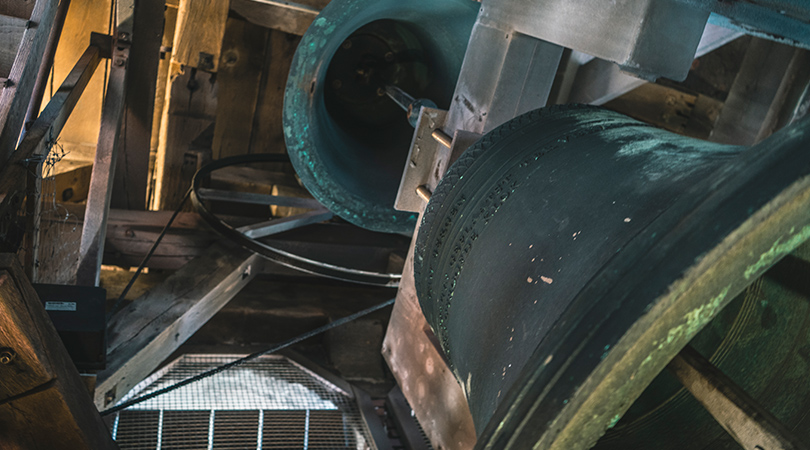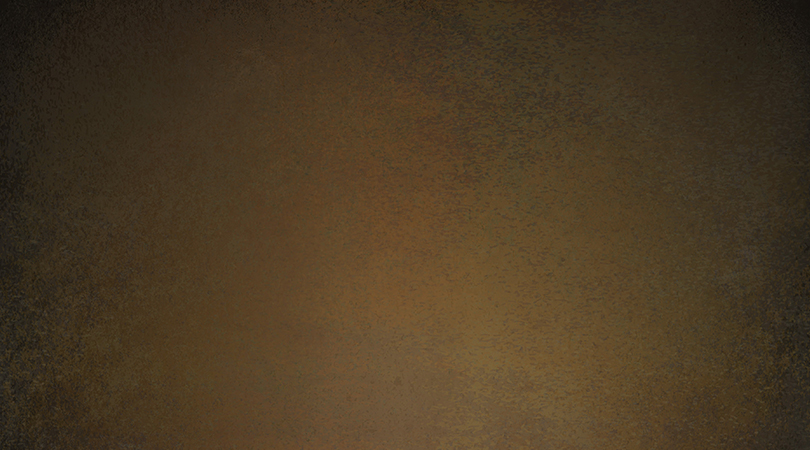Take a moment to think about cake. There is no product in the natural world called “cake” – we don’t pick cake from trees, nor do we find cakes roaming wild across the prairie. Instead, we mix a few ingredients together to create something that we think is tastier than its component parts – and those ingredients can be customized to make a great variety of cakes. If you want it sweeter, you add a little sugar. If you want it richer, you add chocolate. There’s a generally-accepted list of ingredients to make a basic cake, but each baker has his or her own preferred proportions and additions.
Now that we’ve made you sufficiently hungry, why are we talking about cake? Because cake is a lot like bronze. No, bronze can’t be eaten. Bronze is an alloy, which is a metal made by combining two or more metallic elements. The primary ‘ingredients’ of bronze are copper and tin, but just like those delicious cakes, you can play around with proportions and additions. Bronze primarily consists of copper with around 12-24% tin depending on the use, and might also include aluminum, manganese, nickel, or zinc (or even non-metals like phosphorus and silicon). Each variation imparts unique qualities to the resulting bronze.
An introduction to bronze history: The Bronze Age
Mixing metals isn’t an invention of the industrial age. These techniques span millennia. In fact, bronze was the most common metal in widespread use between circa 3200 and 600 BC, an archeological period referred to as the Bronze Age. Benefiting from the increased hardness and durability, people used bronze to create tools, weapons, armor, building materials, jewelry, and art. Bronze conveyed power, social status, and wealth. Initially, bronze was a combination of copper and arsenic, but (thankfully) the toxic arsenic was replaced by tin. Brass (another alloy) is a combination or copper and zinc.
Bell metal, a special kind of bronze
Bronze created with the intention of casting bells is aptly called bell metal. While still an alloy of copper and tin, it generally has higher proportions of tin than the bronze cast for other uses, like statuary. These proportions have been experimented with for more than 3,000 years, but the generally-recognized best composition is 80% copper to 20% tin for a bronze of expansive resonance and appealing sound. This 4:1 ratio comes together in a crystal lattice arrangement of atoms within the alloy, creating a harmonious damping capacity (the bronze’s ability to absorb energy) and sound velocity, which is what makes the toll of a bell (and related idiophones, like cymbals) ripple across a neighborhood.
Just like our cakes example above, different founders have different bell metal recipes to cast their own high-quality bells. Generally, increasing the amount of tin in the alloy increases the decay time of the bell strike, or the length of time a person on the ground can hear the bell ring. Percentages of tin content can vary from 20% to 26%. It is interesting to note that both copper and tin on their own are relatively soft metals that would deform quite easily on striking. However, when combined in an alloy, a bell with greater strength and elasticity can be created. This is crucial for increasing vibrations (resonance) and reducing cracks when the bell is forcefully struck. Over time, the alloy will slowly develop a rich and protective patina called verdigris that makes the bell more resistant to weathering and harmful oxidation.

Image: Swinging bronze bells with a deep verdigris patina hang within a belfry.
Throughout history and continuing today, foundries will melt down and reuse remnants or pieces from old bells in new castings for more economic bell making, as both copper and tin can be rather costly. This practice is also a way of continuing the legacy of bells that have come before. For instance, if a bell is broken or damaged, it can be “preserved” by being integrated into the new bell.
Some foundries with bigger purses add silver or gold into the bronze alloy, particularly those following the Russian bellmaking tradition. For instance, over 1,157 lbs. of silver and 159 lbs. of gold are infused within the great Tsar Bell in Moscow. Silver and gold are said to impart a distinctive sonority to a bell, but it likely comes from a more indulgent practice. A few historic texts record that parishioners, seeking to win favor, would toss silver and gold coins into the furnace as bells were being cast.
What other materials can be used to make a bell?
Bells aren’t always cast in bronze. Historic church and tower bells were sometimes cast from brass, iron, or steel, which were more economical to manufacture than bronze. Decorative bells can be made from any number of materials at hand, including glass, horn, wood, clay, copper, or precious metals.



